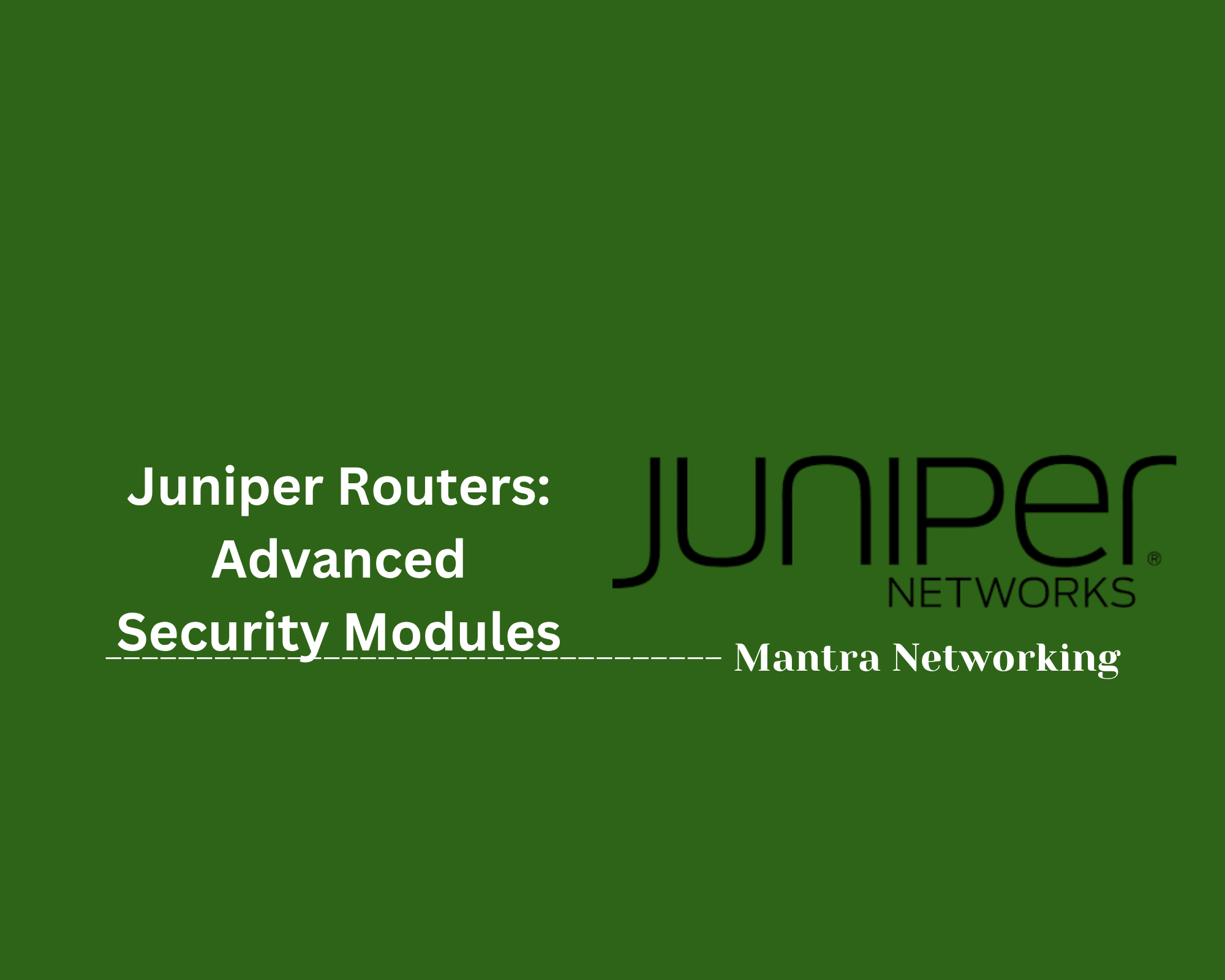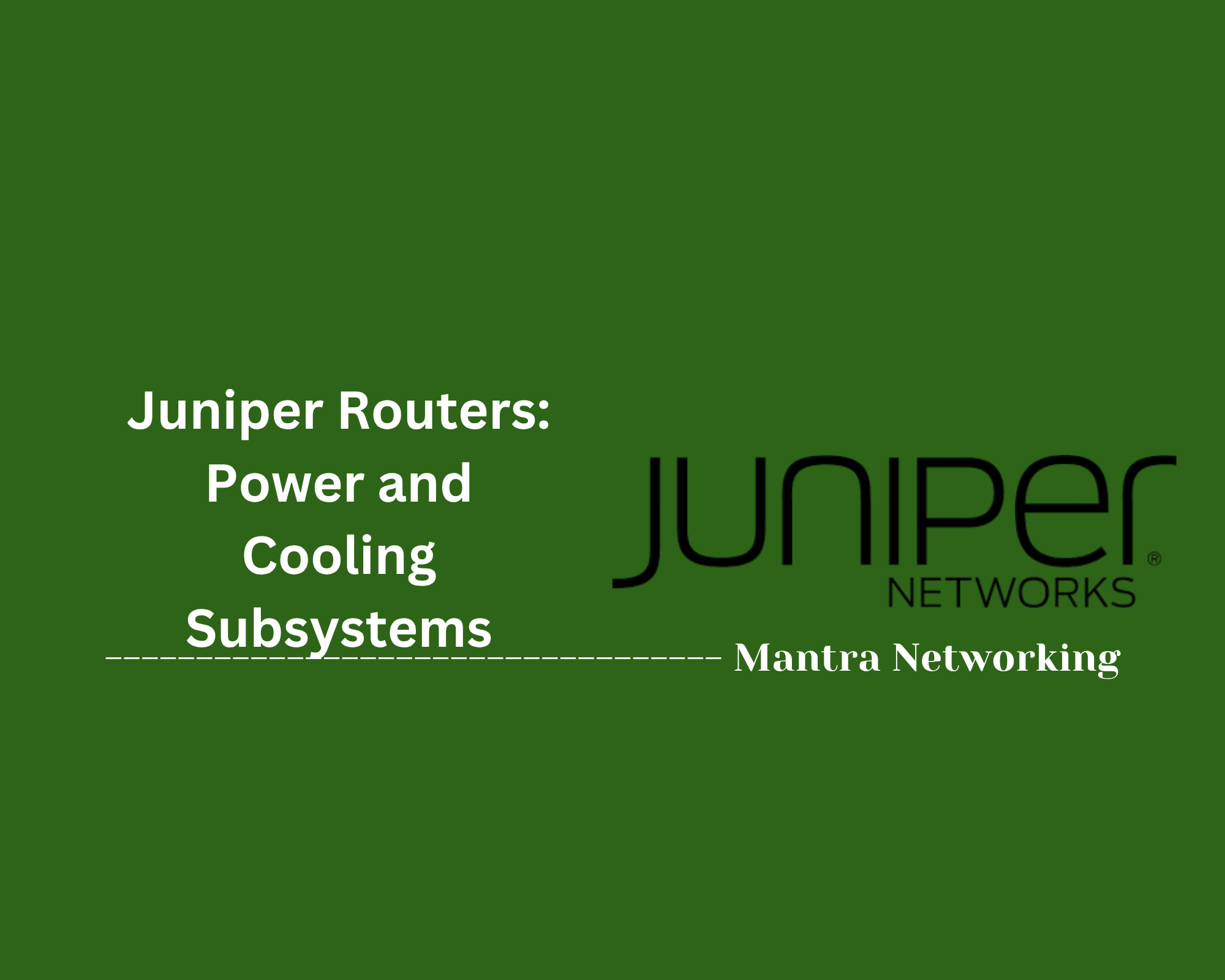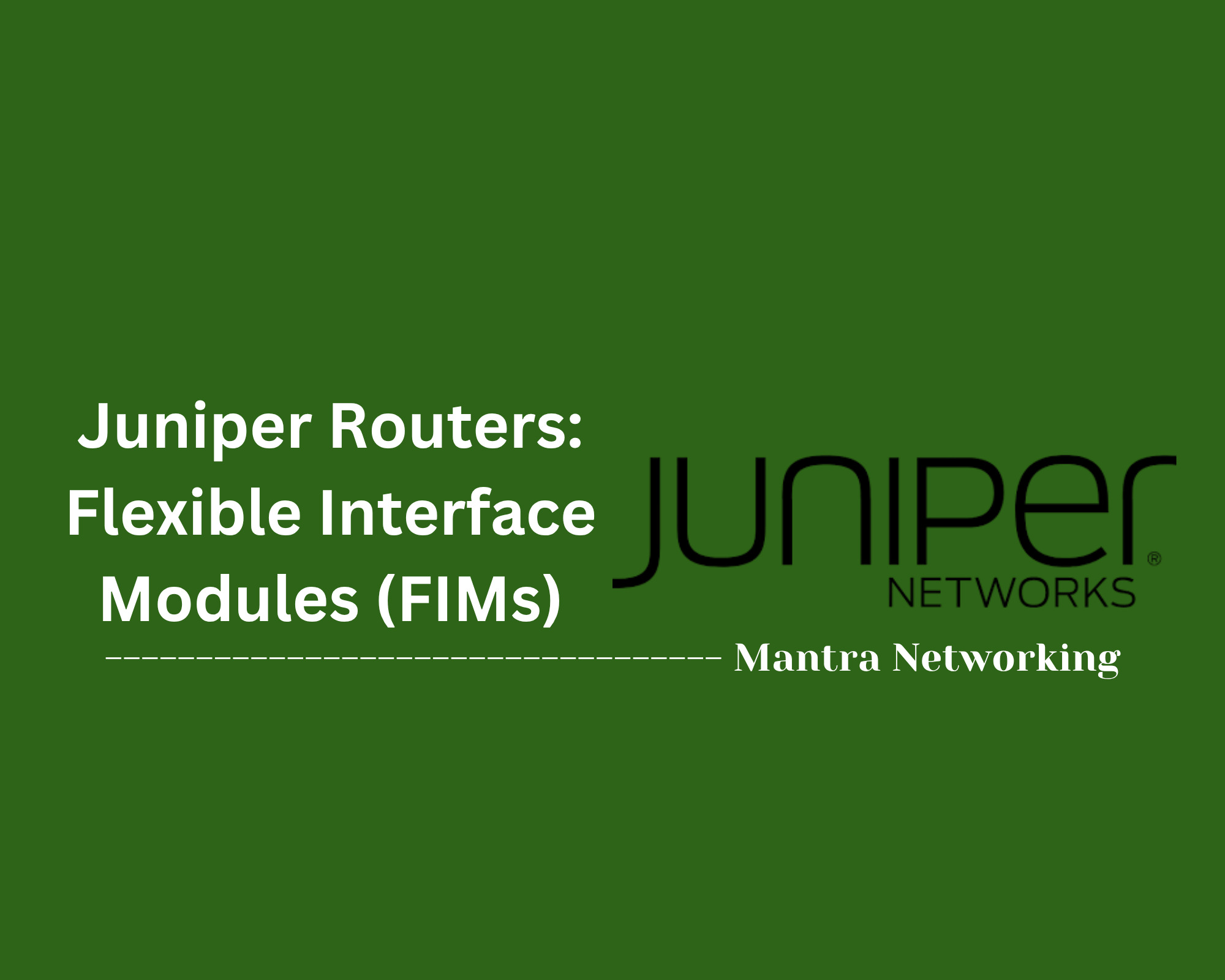Table of Contents
- Overview
- Key Features of Junos OS
- Commonly Used Junos OS CLI Commands
- Useful CLI Keyboard Shortcuts
- Conclusion
Overview of Juniper Routers: Junos OS
What Is Junos OS?
Junos OS is the network operating system designed and developed by Juniper Networks. It powers Juniper’s routers, switches, and security devices, providing a unified software experience across the company’s hardware portfolio. Junos OS is known for its modular architecture, stability, and advanced networking features, making it a popular choice for service providers, enterprises, and data centers.
Why You Need to Know About Junos OS
- Network Reliability and Performance: Junos OS is engineered for high availability and reliable performance in mission-critical networks. Its stable design minimizes downtime and helps keep networks running smoothly.
- Consistent User Experience: With a single OS across all Juniper devices, network professionals can leverage familiar commands, interfaces, and management practices regardless of the hardware platform. This consistency reduces learning curves and operational complexity.
- Advanced Security: The operating system includes robust security mechanisms such as digitally signed software images, secure boot, and support for industry-standard encryption protocols, protecting your infrastructure from threats.
- Automation and Scalability: Junos OS features comprehensive automation and programmability tools, making it easier to scale, manage, and adapt large networks efficiently. It supports modern DevOps practices, APIs, and network programmability.
- Flexibility and Feature Parity: Frequent updates and a common software base ensure that new features are available across multiple Juniper platforms, allowing networks to evolve with business needs.
How Junos OS Works
- Modular Operating System: Junos OS runs different functions as independent processes (modules), so if one part encounters an issue, it doesn’t affect the entire system. This design improves uptime and system integrity.
- Separation of Control and Forwarding Planes: The operating system splits network control (like routing decisions) from packet forwarding. The Routing Engine makes decisions, while the Packet Forwarding Engine handles data transit. This division improves efficiency, throughput, and system resilience.
- Single Configuration Database: All configurations are stored in one place and changes are committed through a robust validation process. This prevents misconfigurations and makes rollbacks straightforward if issues arise.
- Extensive CLI and Automation Support: Junos OS offers a user-friendly, scriptable command-line interface as well as modern APIs for automation and integration with network management systems.
- Secure and Verified Operations: Software integrity is maintained through features like secure boot and signed update packages, ensuring only trusted software runs on devices.
Junos OS brings together performance, reliability, security, and ease of use, making it a critical component for organizations seeking to operate efficient and robust networks.
Key Features of Junos OS
Junos OS empowers Juniper routers with a robust, modular, and secure network foundation. Its key features are designed for operational efficiency, resilience, and programmability:
- Single Operating System Across Platforms: Junos OS runs consistently on routers, switches, and security devices, simplifying operations and maintenance by delivering uniform features and management interfaces.
- Modular Architecture: Each OS process (routing, management, forwarding) runs separately. This means errors in one area don't impact the entire system and upgrades or restarts can be done with minimal disruption.
- Separation of Control and Forwarding Planes: The Routing Engine manages network decisions, while the Packet Forwarding Engine moves traffic efficiently, providing high throughput and network stability.
- Advanced Security: Junos OS includes features such as digitally signed software images, secure boot, hardware root of trust, FIPS 140-2 compliance, and support for security protocols including IPsec and SSH.
- Automation and Programmability: Extensive APIs and toolkits (like Juniper Extension Toolkit) let you automate and customize network operations, supporting modern DevOps practices.
- High Availability and Reliability: Frequent updates, process independence, and rapid self-healing ensure continuous operation and fast recovery from faults.
Commonly Used Junos OS CLI Commands
Junos OS provides a comprehensive Command-Line Interface (CLI) for configuring and monitoring Juniper routers. Here are some of the most frequently used commands that help administrators manage network operations efficiently:
| Command | Description |
|---|---|
show interfaces |
Displays the status and statistics of all network interfaces. |
show configuration |
Shows the current device configuration or specific sections. |
show route |
Displays the routing table entries. |
show system uptime |
Shows how long the system has been running since last reboot. |
show version |
Provides Junos OS, hardware, and version details. |
commit |
Applies pending configuration changes. |
commit confirmed |
Commits changes with an automatic rollback timer. |
rollback |
Reverts the device to a previous configuration version. |
edit |
Enters configuration mode for making changes. |
exit |
Exits the current mode or logs out of the CLI session. |
help apropos <keyword> |
Finds help topics or commands related to a keyword. |
ping <destination> |
Checks network connectivity to a remote device. |
traceroute <destination> |
Traces the route packets take to a remote host. |
request system reboot |
Reboots the router safely. |
show log <logfile> |
Displays the contents of the specified log file. |
show chassis hardware |
Details about installed hardware components. |
show system alarms |
Lists current system alarms and warnings. |
Many Junos OS commands can be filtered or refined using the pipe symbol, for example: show log messages | match <string> to quickly find relevant events.
Useful CLI Keyboard Shortcuts
The Junos OS CLI supports several keyboard shortcuts to improve efficiency and ease of use during configuration and troubleshooting. Here are some of the most helpful shortcuts to speed up your command-line work:
- Tab — Auto-completes commands, options, and variables.
- Ctrl + a — Moves the cursor to the beginning of the command line.
- Ctrl + e — Moves the cursor to the end of the command line.
- Ctrl + w — Deletes the word before the cursor.
- Ctrl + k — Deletes from the cursor to the end of the line.
- Ctrl + u — Clears the entire command line.
- Esc + b — Moves the cursor back one word.
- Esc + f — Moves the cursor forward one word.
- Ctrl + p — Retrieves the previous command from history.
- Ctrl + n — Retrieves the next command from history.
Using these shortcuts helps reduce typing, fix mistakes quickly, and navigate command history efficiently.
Conclusion
Throughout this blog post, we have explored the powerful features and architecture of Junos OS, a robust operating system that powers Juniper routers and other network devices. We learned how its modular design and separation of control and forwarding planes provide high reliability and performance, while security features like digitally signed software and secure boot protect your network infrastructure. We also covered essential CLI commands and handy keyboard shortcuts that make managing Junos devices efficient and straightforward.
Whether you're a network engineer new to Junos or an experienced professional, understanding these key aspects will help you operate Juniper routers with confidence and leverage their full capabilities for your network needs.
Thanks for reading! If you have questions or want to share your own Junos tips, feel free to leave a comment. Happy networking!



